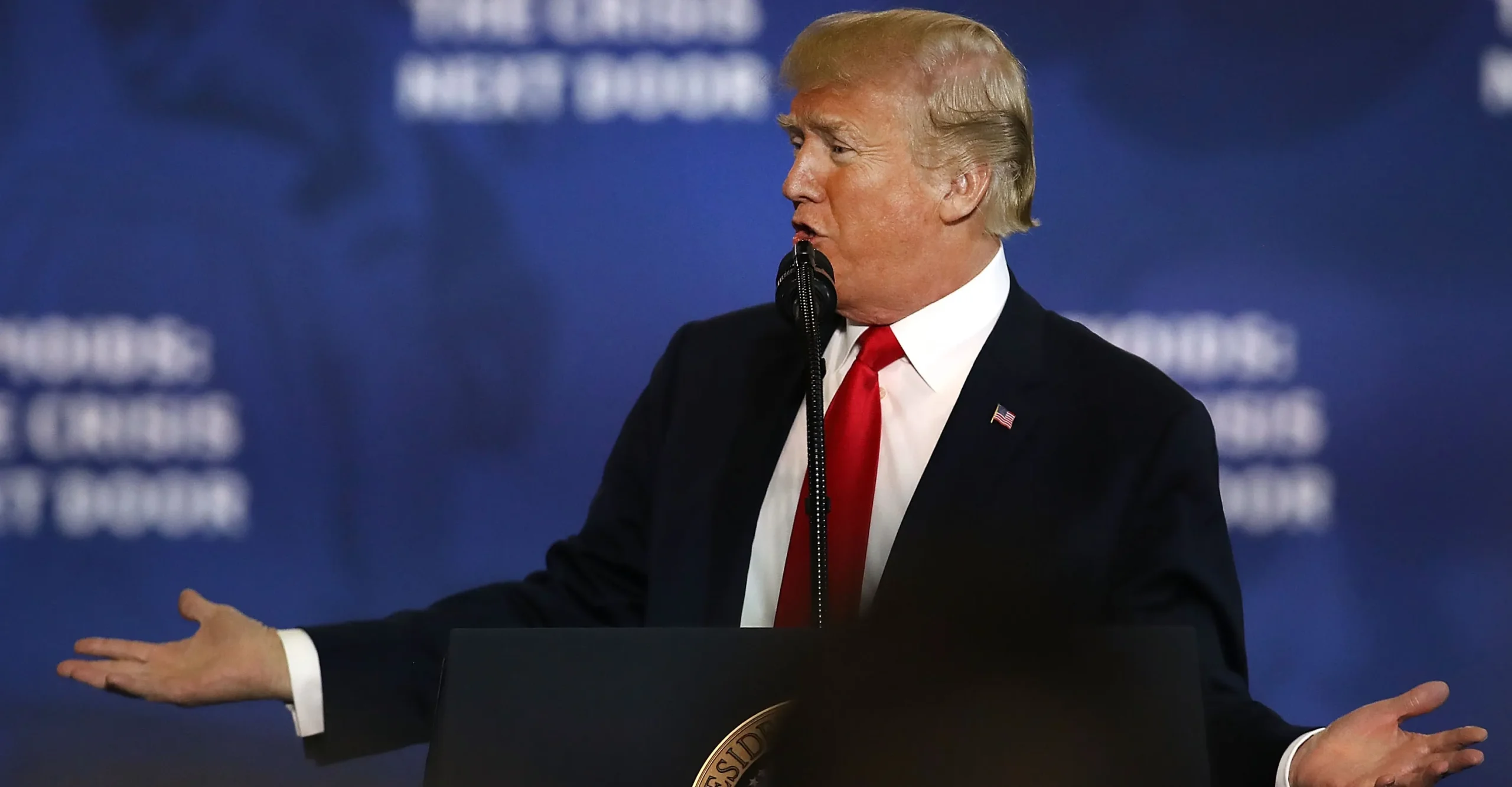Donald Trump has pledged a tough, law-and-order approach to tackling mental illness, substance use disorders, and homelessness in U.S. cities. In a campaign video, Trump declares that many urban areas have been “surrendered” to individuals who are homeless, addicted to drugs, or suffering from mental illness.
He promises to use all available resources to remove these individuals from the streets and address the root causes of these issues.
Trump’s proposed solution involves measures such as banning “urban camping,” returning individuals with mental health conditions to “mental institutions,” and establishing government-managed tent cities for the homeless.
However, experts argue that these proposals are not only impractical but have been tried before without success. Keith Humphreys, a Stanford University professor and expert in addiction medicine, points out that most states have closed mental health facilities for decades, and legal challenges make involuntary hospitalization difficult under current laws.

Donald Trump
The idea of creating government-run tent cities has also been met with skepticism. Humphreys warns that such environments would likely exacerbate the problems of homelessness and substance abuse, turning these sites into dangerous, degrading places for those living in them.
Although such measures might make the public feel safer, they fail to address the complex underlying issues that contribute to homelessness and addiction.
Historically, presidents like Richard Nixon have campaigned on public safety platforms with similar promises, but experts argue that federal authority alone cannot resolve street-level issues in cities.
Humphreys explains that federal law enforcement lacks the tools to address local problems such as homelessness or mental health crises in urban areas. Therefore, Trump’s national-level strategies may be ineffective in solving local problems, despite his claims of using federal power to restore order.
During his previous term, Trump declared a public health emergency regarding the opioid crisis and pushed for increased federal funding for drug treatment. While this led to some progress, such as a recent decline in overdose deaths, Humphreys emphasizes that sustained improvement requires ongoing investment in public health measures rather than relying on law-and-order tactics.
Without continued funding for effective treatment and support, Humphreys predicts that the situation could worsen, especially if healthcare policies like the Affordable Care Act are undermined.























